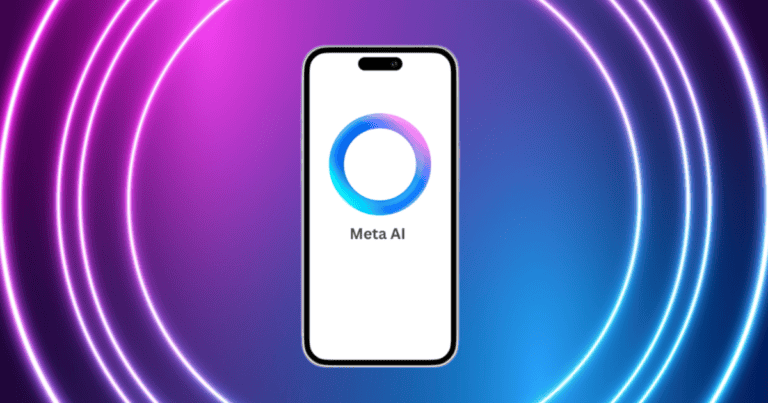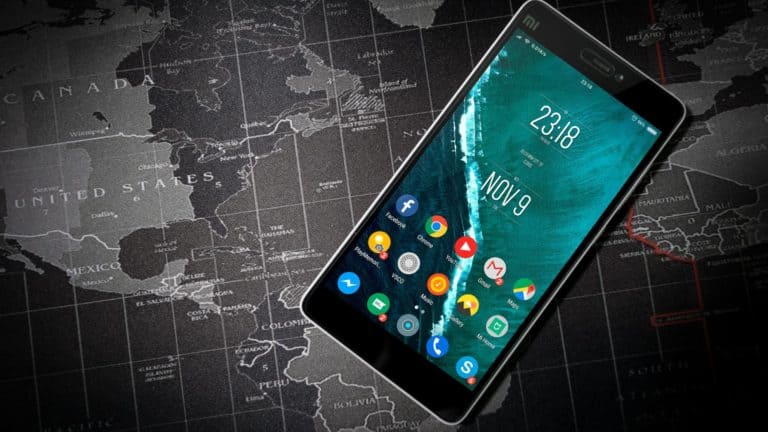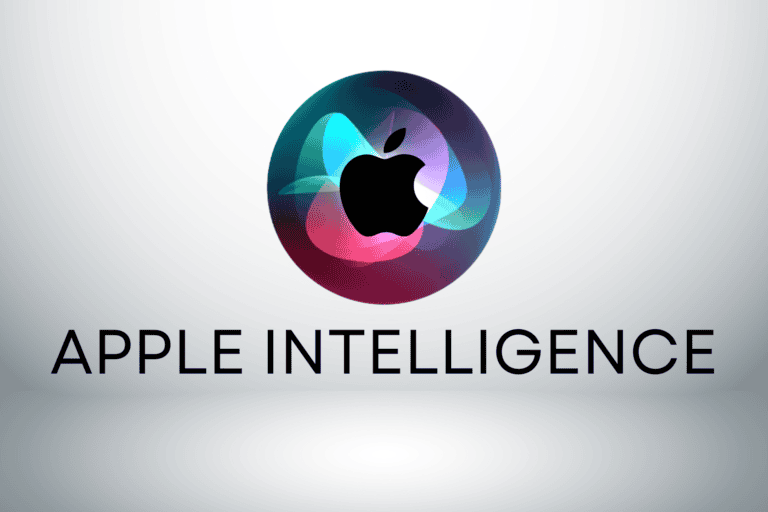In the ever-evolving landscape of smartphones, the iPhone 16 introduces notable advancements over its predecessor, the iPhone 15. From an upgraded A18 chip to new camera capabilities and enhanced battery life, the iPhone 16 presents several compelling reasons to upgrade. However, the similarities in design and display between the two models invite a deeper comparison to determine what truly sets them apart. This guide examines these differences and highlights how they may impact your decision-making process.
Price Comparison
When considering the price difference between the iPhone 16 and the iPhone 15, it’s clear that Apple has positioned the iPhone 16 as a more premium option. The iPhone 16 starts at $799 for the 128GB model, while the iPhone 15 is priced at $699 for the same storage capacity, making for a $100 difference. Both models offer the same storage tiers—128GB, 256GB, and 512GB—but neither supports expandable storage.
The pricing strategy underscores the incremental improvements in the iPhone 16, justifying its higher price point. Additionally, as the iPhone 15 nears its one-year anniversary, consumers may find discounts and promotions, making it an attractive option for those on a budget. However, with the iPhone 16 being the latest model, it’s less likely to see immediate discounts.
Key Points:
- iPhone 16 starts at $799, iPhone 15 at $699.
- Both models offer the same storage configurations: 128GB, 256GB, and 512GB.
- Promotional discounts for iPhone 15 may become available as the device ages.
Display Features
The display technology between the iPhone 16 and iPhone 15 is quite similar, with both featuring a 6.1-inch Super Retina XDR OLED display. However, the iPhone 16 offers a significant upgrade in brightness, boasting a peak brightness of 2,000 nits compared to the iPhone 15’s 1,000 nits. This improvement greatly enhances visibility in outdoor conditions and delivers more vibrant colors.
Both models maintain a 60Hz refresh rate, which, while smooth for most tasks, falls short of the 120Hz refresh rates offered by some competitors. Both also feature the Dynamic Island, Apple’s interactive notification area, integrated seamlessly into the display.
Key Points:
- iPhone 16 offers 2,000 nits peak brightness, double the iPhone 15’s 1,000 nits.
- Both models feature a 6.1-inch Super Retina XDR OLED display.
- Neither supports higher refresh rates or always-on display functionality.
Design Differences
From a design perspective, the iPhone 16 introduces some key changes over the iPhone 15. Most notably, the iPhone 16 adopts a vertical camera arrangement, while the iPhone 15 features a diagonal layout. This new design improves the iPhone 16’s spatial video capture capabilities. The iPhone 16 also adds a customizable Action Button, replacing the traditional Ring/Silent switch, giving users more control over their device’s functionalities.
In terms of durability, the iPhone 16 features a more advanced Ceramic Shield, offering twice the strength of the iPhone 15. Both models maintain the same 6.1-inch form factor, making them nearly identical in size and feel.
Key Points:
- iPhone 16 features a vertical camera layout for improved spatial video capture.
- Action Button replaces the Ring/Silent switch in the iPhone 16.
- iPhone 16 has a stronger Ceramic Shield, providing enhanced durability.
Performance Metrics
The iPhone 16 sees a notable performance leap thanks to the new A18 chip, delivering a 30% increase in CPU performance over the A16 chip found in the iPhone 15. Benchmark tests highlight this upgrade, with the iPhone 16 posting a Geekbench 6 Single-Core score of 3264, compared to the iPhone 15’s score of 2595. The Multi-Core performance is also significantly improved, with the iPhone 16 scoring 7899, well above the iPhone 15’s 6651.
The iPhone 16’s 5-core GPU further enhances gaming and graphics performance, offering a 40% improvement over its predecessor.
Key Points:
- A18 chip offers a 30% performance boost over the A16 chip in the iPhone 15.
- The iPhone 16 scores higher in both Single-Core and Multi-Core benchmark tests.
- Improved 5-core GPU provides a 40% increase in graphics performance.
Camera Upgrades
The iPhone 16 introduces several important camera upgrades over the iPhone 15. The new ultra-wide camera, featuring a larger f/2.2 aperture, significantly enhances low-light photography. Macro photography capabilities are also included in the iPhone 16, a feature absent from the iPhone 15.
Additionally, the iPhone 16 benefits from advanced AI processing, further improving image quality. While both devices have a 12MP TrueDepth front camera, the iPhone 16 excels in producing sharper and more vibrant selfies, thanks to its updated software.
Key Points:
- iPhone 16’s ultra-wide camera with f/2.2 aperture improves low-light performance.
- Macro photography is exclusive to the iPhone 16.
- Advanced AI processing delivers superior image quality.
Battery Improvements
The iPhone 16’s battery life is another area where it outshines the iPhone 15. With a larger 3561mAh battery, the iPhone 16 offers up to 22 hours of video playback, compared to the iPhone 15’s 20 hours. Additionally, the iPhone 16 supports faster MagSafe charging at 25W, a notable upgrade from the iPhone 15’s 15W charging capabilities.
Key Points:
- iPhone 16 has a larger 3561mAh battery, offering up to 22 hours of video playback.
- Supports faster 25W MagSafe charging compared to the iPhone 15’s 15W limit.
Software Enhancements
Both devices run on iOS, but the iPhone 16 comes with the latest iOS 18, which introduces several new features, such as enhanced Apple Intelligence. This feature leverages machine learning to offer more personalized user experiences. Additionally, the A18 chip in the iPhone 16 provides faster machine learning capabilities compared to the A16 chip in the iPhone 15, further boosting software performance.
Key Points:
- iPhone 16 runs iOS 18, featuring enhanced Apple Intelligence.
- A18 chip offers improved machine learning performance.
Final Thoughts
In the ongoing race of smartphone innovation, the iPhone 16 offers considerable upgrades over the iPhone 15, particularly in performance, camera capabilities, and battery life. While the design and display differences may seem minor, the internal advancements make the iPhone 16 a strong contender for those looking to upgrade. However, for those seeking a budget-friendly option, the iPhone 15 remains a solid choice with its own impressive features.
By weighing these differences, consumers can make a more informed decision that aligns with their needs and preferences.






